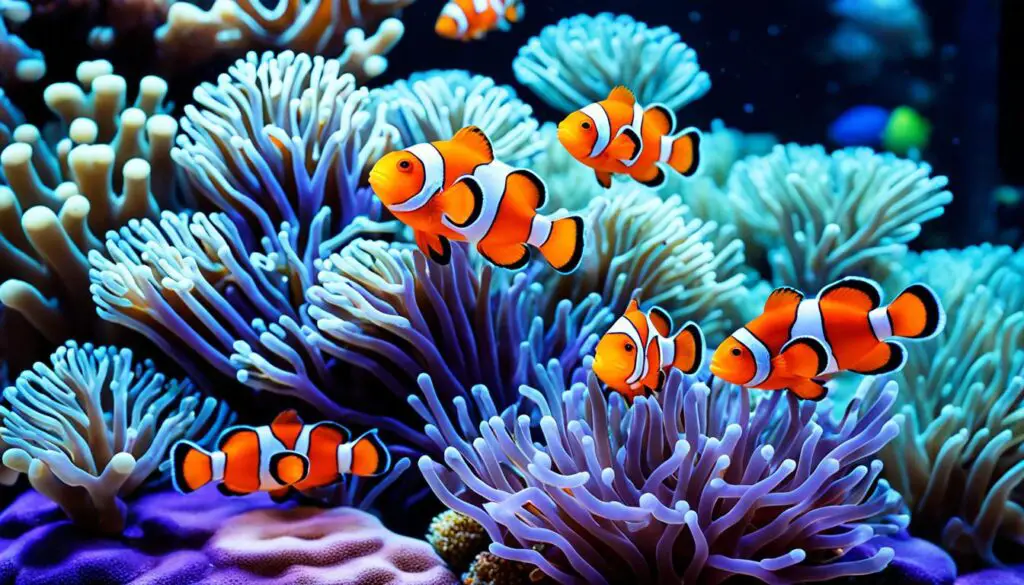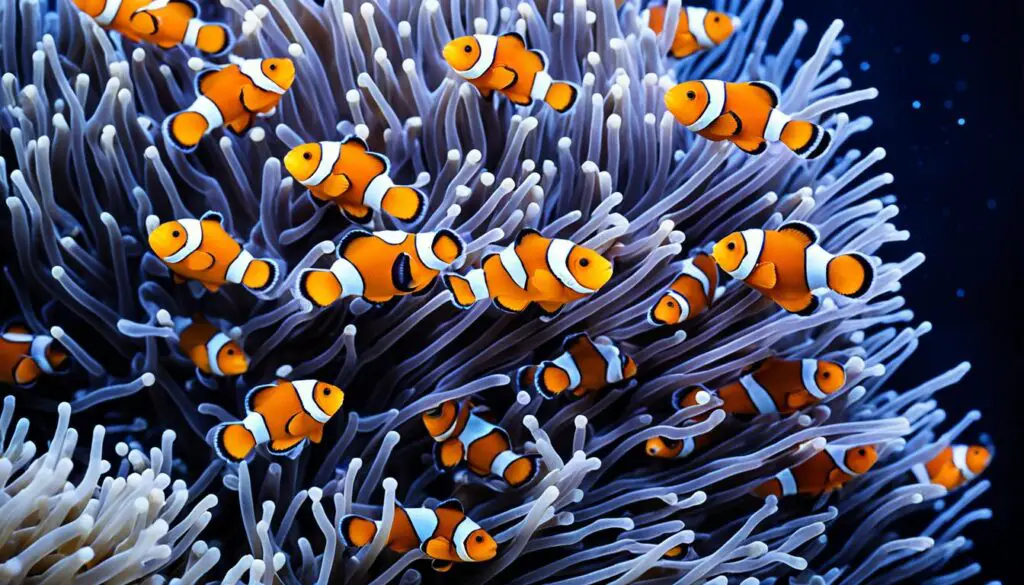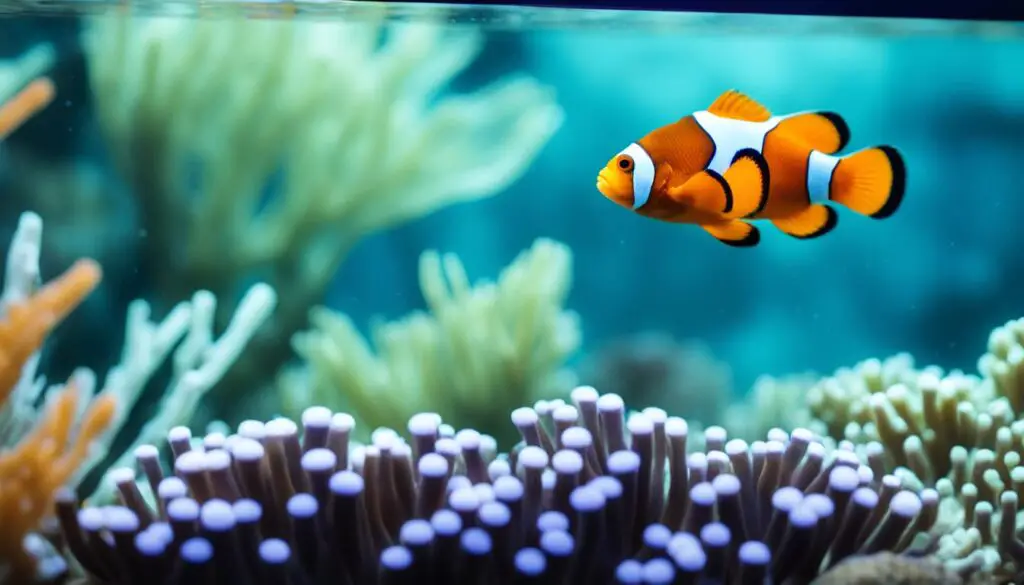Decoding Minnow Lifespans: Aquatic Marvels In Ecosystems

Introduction
How long do minnows live? These little, unassuming freshwater fish are critical to aquatic food chains and ecosystems. Though smaller than larger fish, minnows have their own role in aquatic biology.
Many species of minnows live in rivers, streams, ponds, and lakes worldwide. Their lifespan is shorter than other fish, but they come in diverse shapes, colors, and sizes. This mystery has fascinated scientists and naturalists for years.
Understanding the lifespan of minnows is not merely an exercise in ichthyological trivia; it holds ecological significance. Minnows serve as prey for larger fish, birds, and other aquatic creatures, making their longevity a crucial factor in the balance of ecosystems. They contribute to the dispersal of nutrients, influence water quality, and have a role in shaping the biodiversity of their habitats.
We explore minnows’ life cycles, environmental conditions, and adaption mechanisms to discover their longevity. We believe our study will help us appreciate these little aquatic miracles and the web of life they inhabit.

How long can you keep minnows alive?
Without an aerator and warmer water, capacity is greatly diminished.If the water is chilly and airy, minnows can be kept in buckets for a month. If changing the water is necessary, do it gradually.
The lifespan of minnows in captivity largely depends on the care and conditions provided. Keeping minnows alive can be a rewarding endeavor for anglers, aquarists, or researchers. Minnows, when properly cared for, can live for several months to a couple of years in captivity.
Maintaining a good habitat extends minnow longevity. This involves a clean and large aquarium or container, good water quality with filtration and aeration, and a reasonable temperature for the minnow species. Minnows need a balanced diet of small aquatic insects, algae, and zooplankton to stay healthy and live long.
Regular water changes and monitoring for signs of stress or disease are also essential to keep minnows thriving. Minnows are sensitive to changes in their environment, so maintaining stable conditions is crucial for their well-being.
Minnows can live long with proper care and environment. These tiny fish can live longer for bait, aquarium displays, or scientific research, allowing you to appreciate and study them.
How long will minnows stay alive in a bag?
If you pick them up right before leaving, put them in an insulated bag (with or without ice), and walk slowly, you should be able to keep them alive for 6-8 hours. We have driven 6 hours without die-off on warm days.
Minnows can survive in a bag for a limited time, depending on several key circumstances. Minnow transport requires consideration of water quality, temperature, and confinement time.
If properly prepared, minnows can survive in a bag for many hours to 24 hours. The bag should include enough water to keep the fish immersed and breathing, reducing stress. Maintain a consistent bag water temperature, preferably the minnows’ native habitat temperature.
Oxygen is vital for the survival of minnows in a bag. Bags used for transportation should be partially filled with oxygen, ensuring an adequate supply for respiration. It’s crucial not to overpopulate the bag, as overcrowding can deplete oxygen levels more rapidly.
Minnows are sensitive to environmental changes, and prolonged bag confinement can cause stress, waste buildup, and oxygen depletion. Minimize minnows’ time in bags and release them into a suitable environment as soon as feasible.
Although minnows can survive in bags for a short time, it’s necessary to regulate temperature, provide oxygen, and minimize their confinement during transportation.
Do minnows live in fresh water?
The minnow is a small fish that lives in rivers, streams, and sometimes lakes with fresh water. Minnows eat bugs, mollusks, crustaceans, plant matter, and fish eggs. They often gather in big groups.
Minnows live in freshwater. Minnows are a wide family of small fish that thrive in rivers, streams, ponds, lakes, and even reservoirs and canals. People say that they do best in clean, fast-moving streams and still ponds.
Minnows eat aquatic insects, tiny crustaceans, and plants in freshwater habitats. The aquatic food chain includes minnows as prey for larger fish, birds, and other predators.
Minnows live in watery environments all over the world because they can handle different water conditions and temperatures. The Fathead Minnow and abundant Shiner are abundant in North American waterways, but others live in Europe, Asia, and elsewhere.
Minnows are mostly freshwater fish, and their adaptability to many aquatic habitats helps maintain ecosystem balance and biodiversity. As prey and ecosystem indicators, they are vital to freshwater ecosystems.
Can minnows live in sink water?
Prepare the container for the minnow.
The water should be cold, as the fish need a cool temperature to stay alive. The chemicals in tap water can kill your minnows, so don’t use it to keep the minnows in. The container you are using should maintain a constant temperature, helping keep your minnows alive longer.
Minnows, like many other freshwater fish, cannot survive in tap water directly from the sink. Water treatment plants add chlorine or chloramines to tap water to make it safe for people to drink. These chemicals, while beneficial for humans, can be harmful to aquatic life, including minnows.
Chlorine and chloramines can damage the delicate gill tissues of fish, impairing their ability to extract oxygen from the water. This can lead to suffocation and ultimately the death of the fish. Therefore, it is crucial to dechlorinate tap water before using it for minnows or any other aquarium fish.
You can remove the chlorine from the water by using professional water conditioners made just for aquariums. The chlorine and chloramines in tap water are taken away by these things, making the water safe for fish. It is important to follow the advice on the water conditioner’s box to make sure the water is totally clean. For these freshwater fish to stay healthy and live a long time, they need a well-kept surroundings.
How do minnows breathe?
The central mudminnow has a modified bladder that can act as a lung and allow it to breathe oxygen from the air. This ability, combined with aestivation, means mudminnows can survive in low-oxygen conditions for days or weeks at a time.
Minnows, like other fish, breathe through a remarkable respiratory system that allows them to extract oxygen from the water in which they live. Their breathing process is highly efficient and well-adapted to their aquatic environment.
Minnows have specialized respiratory organs known as gills, which are located on either side of their body, just behind their head. These gills are equipped with tiny, finger-like structures called filaments. The filaments are covered in thin, delicate membranes and are richly supplied with blood vessels. As water flows over the gills, minnows open and close their mouths, creating a current that brings water in contact with the gill filaments.
As water passes over the gills, oxygen dissolved in the water diffuses into the blood vessels within the filaments. At the same time, carbon dioxide, a waste product of the minnow’s metabolism, is released into the water. This exchange of gases, where oxygen is taken up and carbon dioxide is expelled, allows minnows to respire and obtain the oxygen they need to survive.
The efficiency of this gill system is essential for minnows, as it enables them to extract oxygen from the surrounding water, ensuring their survival in their freshwater habitats. The entire process is a testament to the incredible adaptations that have evolved in fish to thrive in aquatic environments.
Are there specific care tips to ensure minnows live a longer life?
To extend the lifespan of minnows in captivity or in an aquarium, there are several specific care tips that can help ensure their well-being and longevity:
- Appropriate Habitat: Provide an adequately sized aquarium or enclosure that mimics the minnows’ natural habitat. The size should be suitable for the number of minnows you intend to keep, with enough room for swimming and natural behaviors.
- Water Quality: Maintain excellent water quality by regularly monitoring parameters such as temperature, pH, ammonia, nitrite, and nitrate levels. Proper filtration and regular water changes are essential to keep the water conditions stable and healthy for the minnows.
- Temperature Control: Minnows are ectothermic, which means their body temperature is regulated by their environment, so maintaining a stable temperature is crucial.
- Diet: Offer a balanced and species-appropriate diet. Minnows typically feed on small aquatic insects, algae, and zooplankton. Ensure they receive appropriate commercial or live foods to meet their nutritional needs.
- Adequate Oxygen: Ensure proper aeration and oxygenation in the aquarium. Minnows require well-oxygenated water, so use an air pump or a suitable filtration system to maintain oxygen levels.
- Environmental Enrichment: Add suitable decorations and hiding places to the aquarium to provide environmental enrichment. This can reduce stress and encourage natural behaviors.
- Compatibility: Choose tankmates carefully. Some minnow species may be aggressive or territorial, so research the specific requirements and behaviors of your minnow species and their potential tankmates.
- Regular Observation: Observe your minnows regularly to monitor their health and behavior. Early detection of any issues or illnesses can help in providing timely care.
Can a minnow live alone?
They are shoaling fish, and feel most comfortable in a group of at least five. An individual of these minnows kept alone may become timid and lose its bright color.
Minnows are social fish that generally thrive when kept in groups. They are known for their schooling behavior, where they swim together in coordinated formations, creating a visually appealing and dynamic display in an aquarium. Keeping minnows in a group offers several benefits, such as reduced stress, increased activity levels, and a more natural and engaging tank environment.
While minnows are social creatures, there are some species that can tolerate being kept alone, particularly under certain circumstances. Solitary minnows may not exhibit their full range of natural behaviors and can potentially become stressed or less active.
If you must keep a single minnow, it’s crucial to provide them with an adequately sized tank and a stimulating environment to compensate for the absence of companions. Regular interaction with the fish and offering them suitable hiding spots, plants, and other environmental enrichment can help reduce their stress and encourage more natural behaviors.
In general, it is advisable to keep minnows in small groups or schools whenever possible, as this is more conducive to their well-being and allows them to display their fascinating social behaviors. Minnows kept together tend to be healthier, happier, and more active, making for a more enjoyable aquarium experience.
Can minnows be kept in aquariums as pets?
Minnows, often thought of as small, unassuming fish, can indeed be kept in aquariums as pets. While they might not be as flashy or colorful as some other aquarium fish, minnows have their own unique charm and make for an interesting addition to a well-maintained tank.
One of the primary reasons why people opt for minnows in their aquariums is their ease of care. These fish are hardy and resilient, which makes them an excellent choice for beginners. They typically don’t require elaborate setups and can thrive in a relatively basic aquarium environment. Minnows are also known for their schooling behavior, which can be quite captivating to observe as they dart and swim together in coordinated formations.
There are various species of minnows to choose from, each with its own characteristics and preferences. It’s essential to research the specific needs of the minnow species you plan to keep to ensure they have the right water conditions, diet, and tank mates. Additionally, minnows can serve as natural algae eaters, helping to maintain a cleaner aquarium.
Minnows are a great choice for those looking to enjoy the world of aquarium keeping without the complexity and demands of more exotic fish. Their simplicity and social behavior make them a delightful addition to any aquarium, offering a unique and enjoyable pet-keeping experience.

Conclusion
The exploration of the lifespan of minnows has revealed a fascinating world of adaptability and ecological significance. We’ve learned that these unassuming fish exhibit a wide range of lifespans, often influenced by species, environmental conditions, and ecological contexts.
While some minnow species, like the Fathead Minnow, may live for just a year or two, others, such as the Common Shiner, can extend their lives to several years. This variation underscores the adaptability of minnows to different habitats and the selective pressures imposed by their respective environments.
Understanding how long minnows live not only enriches our knowledge of these small but crucial aquatic organisms but also offers insights into the health and dynamics of entire ecosystems. Minnows’ roles as both prey and predators, their ability to withstand fluctuating conditions, and their influence on nutrient cycling and water quality make them integral components of aquatic ecosystems.
The study of minnow lifespans emphasizes the interconnectedness of all living beings in nature. It reminds us that even the seemingly insignificant creatures contribute to the intricate web of life, and their presence or absence can have profound ripple effects throughout the marine ecosystem.
We recognize the importance of conserving these tiny aquatic wonders and the habitats they inhabit. Minnows, with their short but impactful lives, remind us of the intricate beauty and balance of the natural world, where every species, no matter how small, plays a vital role.



